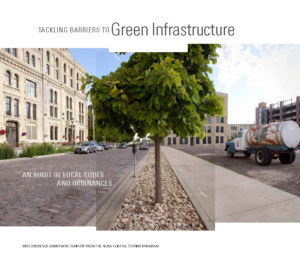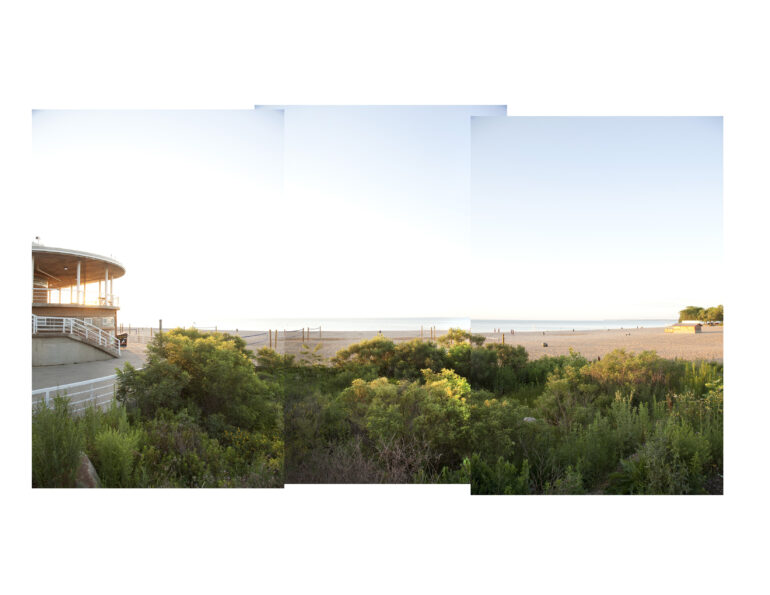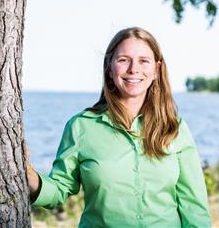Outdated and ambiguous local regulations can have a broad impact on implementation of green infrastructure — and often will directly or indirectly discourage or prohibit its use. Cooperation among county and municipal staff in planning, public works, urban forestry and parks is key to overcoming barriers to green infrastructure in communities.
Tackling Barriers to Green Infrastructure: An Audit of Local Codes and Ordinances can help your community review, revise and prioritize its local codes and ordinances to promote and advance green infrastructure implementation.

“The audit tool and scoping worksheets clarify the revisions that need to be made to city codes and ordinances in order to reduce stormwater pollution.”
Jim Paine
Mayor of Superior, Wis.
Download the entire workbook or one of its main sections.
- Tackling Barriers to Green Infrastructure: An Audit of Municipal Codes and Ordinances (complete workbook)
- Community Scoping Worksheet
- Codes and Ordinances Audit Tool
- What’s the Impact?
- Sample Zoning Definitions for Green Infrastructure Practices
- Green Infrastructure Resources
Example Standards for Green Infrastructure Practices
Runoff Management, Wisconsin Department of Natural Resources Chapter NR 151 — Runoff Management
Wisconsin Department of Natural Resources Conservation Practice Standard 1008 — Permeable Pavement
Wisconsin Department of Natural Resources Conservation Practice Standard 1004 — Bioretention for Infiltration
Wisconsin Department of Natural Resources Conservation Practice Standard 1002 — Site Evaluation for Stormwater Infiltration
Wisconsin Department of Natural Resources Non-Agricultural Revisions to Chapter NR 151, Runoff Management Rule
Partners:
1000 Friends of Wisconsin
Birchline Planning, LLC
Milwaukee Metropolitan Sewerage District
Production of this workbook was funded by the National Oceanic and Atmospheric Administration Coastal Storms Program and University of Wisconsin Sea Grant Institute.
Questions? To request a hard copy of, get assistance with or have questions answered about the workbook, please contact Julia Noordyk at jnoordyk@aqua.wisc.edu or (920) 465-2795.



